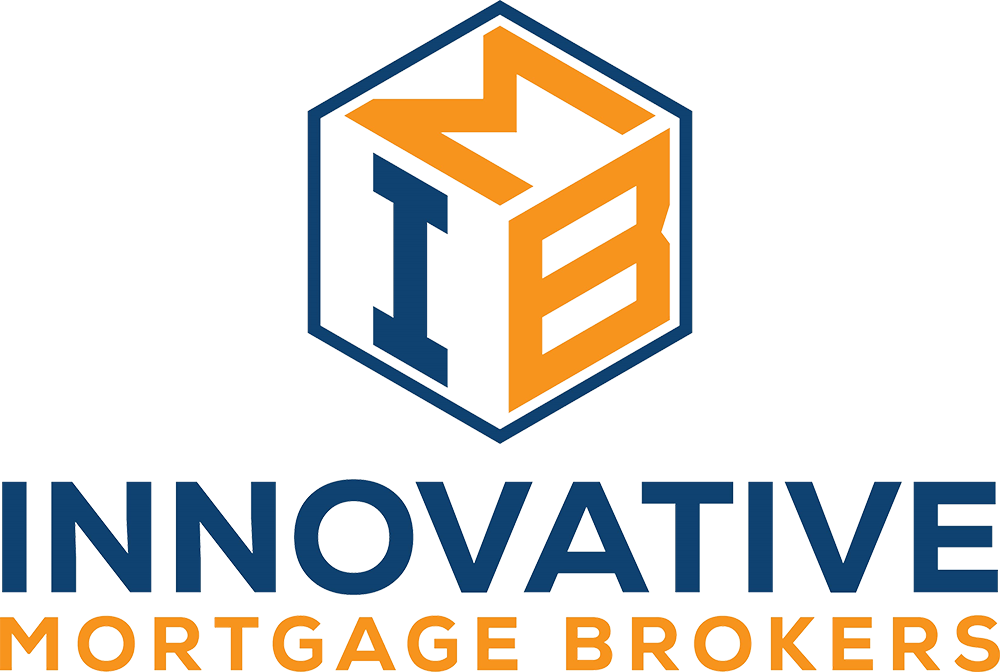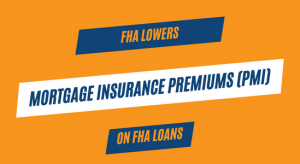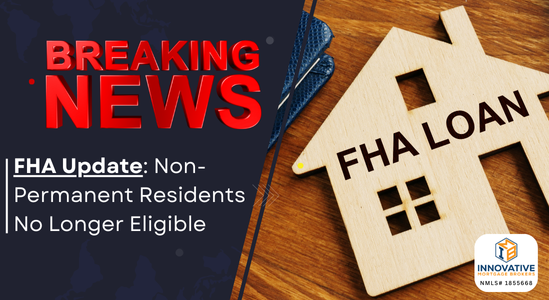Our approach to using technology for a smoother mortgage experience. In today's rapidly evolving world,…
FHA Lowers Mortgage Insurance Premiums on FHA Loans
Approximately two weeks ago FHA announced they will be lowering mortgage insurance premiums for all FHA borrowers. This is welcome news for many because the MIP discount is as much as 30 basis points lower. The FHA dropped MIP from 0.85% to 0.5% – 0.55% of the loan amount.
FHA borrowers must still pay 1.75% of the loan amount in upfront MIP, but they’ll now pay less insurance with their monthly mortgage payment.
What is Mortgage Insurance Premium?
Mortgage Insurance Premium, or MIP, is a monthly insurance premium FHA borrowers must pay on their mortgages. All borrowers pay it even if they made a larger down payment than the minimum required.
Before the change, borrowers who put down less than 5% on an FHA mortgage paid 0.85% of the loan amount, and those who put down 5% – 10% paid 0.80% of the loan amount in MIP. So the only borrowers who could cancel MIP were those who put down 10% or more on the loan. For everyone else, it lasts for the life of the loan.
With the discount, the MIP drops to 0.55% if you put down less than 5% on the loan. It falls to 0.5% if you put down 5% – 10% on the loan. The same rules apply, only allowing borrowers with a 10% or higher down payment to cancel MIP after 11 years.
Who Qualifies for the FHA MIP Discount?
The discounted MIP is good news for FHA borrowers, but who qualifies?
Here’s the good news.
All borrowers qualify. How much discount you get depends on how much you put down and your loan amount.
For example, borrowers with a loan amount of $726,200 or less pay MIP of 0.55% unless they put down 10% or more, then it drops to 0.5%.
Borrowers with a loan amount higher than $726,200 pay 0.75% MIP, a decrease from the original 1.05%. If you put down at least 10% on the home, you’ll pay only 0.70% and only for 11 years.
How Much will Borrowers Save?
So far, you’re hearing a bunch of percentages thrown around, but how much does it equal in savings?
Here are a few examples:
- If you borrow $200,000, you will save $600 a year
- If you borrow $300,000, you will save $900 a year
- If you borrow $500,000, you will save $1,500 a year
No matter how much you borrow, it’s a significant savings!
What is an FHA Loan?
Now that you know FHA loans are less expensive, it’s important to understand what they are and how they work.
FHA loans are government-backed loans (backed by the FHA). They have flexible underwriting guidelines because of the guarantee. This allows lenders to allow more borrowers to buy a home because they know the FHA guarantees the loan.
Qualifying for an FHA Loan
To qualify for an FHA loan, you must meet the following:
- Minimum 580 credit score
- Maximum 55% debt-to-income ratio
- Stable income and employment for the last two years
- At least a 3.5% down payment
- Proof you’ll occupy the house as your primary residence
The key is that you’re buying the house to live in, not to invest in or even as a second home. FHA loans are for primary residence use only and are meant to help borrowers who don’t have high enough credit scores to qualify for a conventional loan.
Benefits of FHA Loans
FHA loans have always had numerous benefits, but there are even more now that the MIP has decreased.
Here are some of the benefits.
Low Credit Score Requirements
Credit scores are the first thing all lenders consider when you apply for a loan. To get a conventional loan, you’ll need good credit, usually a 660+ score, depending on the lender. FHA loans, however, only require a 580 score with a 3.5% down payment, and some lenders allow a 500 – 579 score with a 10% down payment. This makes it much easier to qualify for a mortgage.
Higher Debt-to-Income Ratio Allowance
FHA loans also have more forgiving debt-to-income ratios. This means you can have more debt compared to your monthly income and qualify for a mortgage.
Conventional loans allow up to a 50% DTI including the new mortgage. However, that doesn’t leave a lot of room for other debt, such as credit cards or auto loans. FHA loans allow DTIs of 55%, which is much more forgiving for people with existing debt.
Competitive Interest Rates
FHA loans have competitive interest rates because of the FHA guarantee. As a result, you can secure a loan with a rate comparable to most conventional loans, but without the strict qualifying requirements conventional loans have.
Lower MIP
Now, we can also boast about the lower MIP costs. Paying 0.5 – 0.55% for MIP is comparable to what conventional loans charge for PMI. Private Mortgage Insurance is what lenders charge when you put down less than 20% on a conventional loan. While you can cancel PMI when you owe less than 80% of the home’s value, you can’t cancel FHA MIP, but with a lower cost, it’s easier to afford.
Final Thoughts
If you’ve been on the fence about getting an FHA loan because of the MIP, now’s a great time to consider one.
Lower MIP costs make it easier to afford and qualify for FHA loans. You don’t have to worry as much about your debt-to-income ratio or affording the monthly mortgage payment. If you can swing a 10%+ down payment, you’ll only pay the MIP for 11 years, but you always have the option to refinance into a conventional loan once you owe less than 80% of the home’s value.





